Home>Garden Essentials>What Does Creeping Jenny Look Like As Ground Cover
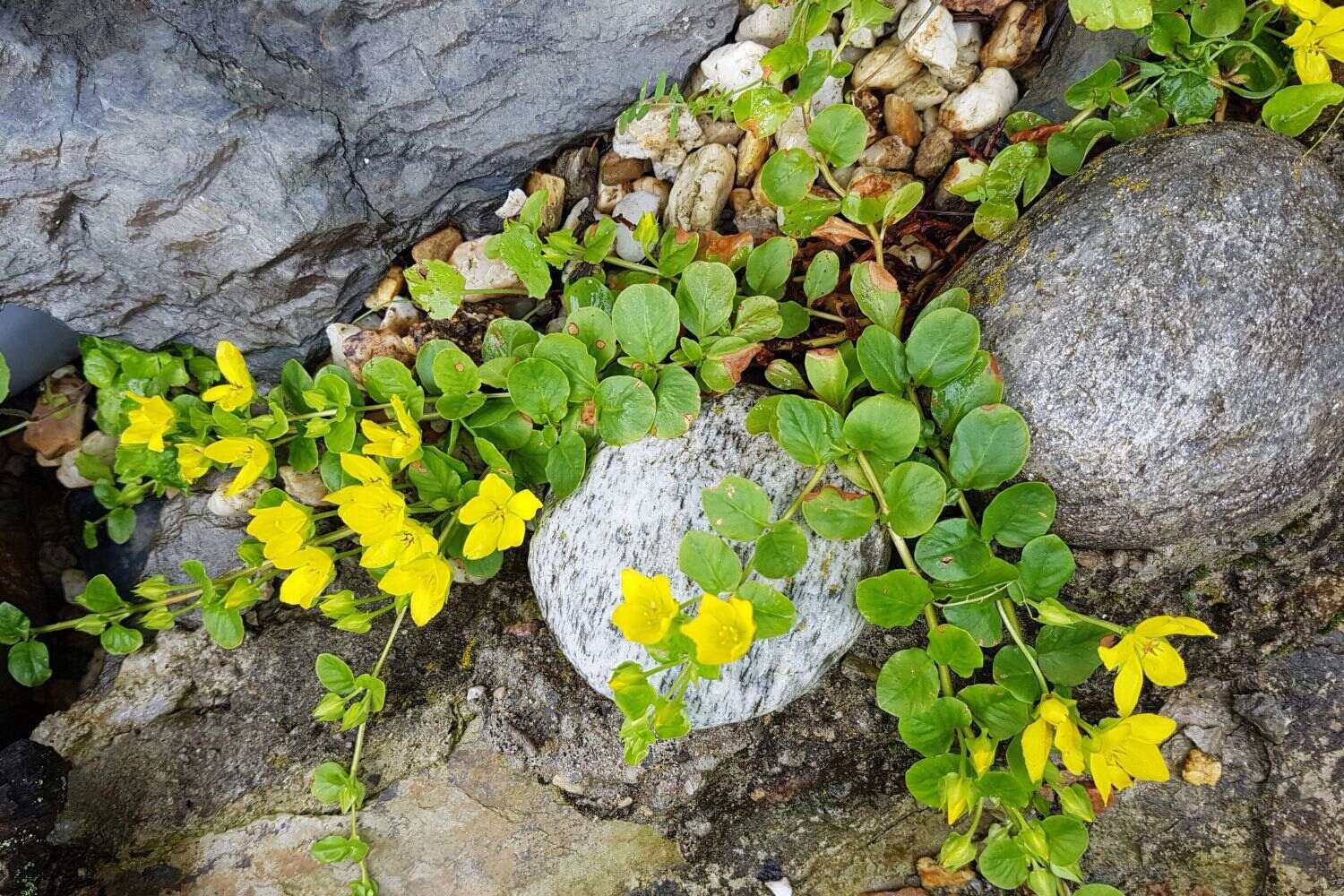

Garden Essentials
What Does Creeping Jenny Look Like As Ground Cover
Modified: October 21, 2024
Find out what creeping jenny looks like as ground cover in your garden. Discover how this versatile plant adds beauty and functionality to any outdoor space.
(Many of the links in this article redirect to a specific reviewed product. Your purchase of these products through affiliate links helps to generate commission for Storables.com, at no extra cost. Learn more)
Introduction
Welcome to the world of gardening where beauty meets functionality. If you’re looking for a versatile ground cover that adds a pop of color to your garden, look no further than creeping Jenny. Known for its vibrant leaves and low-growing habit, creeping Jenny (Lysimachia nummularia) is a popular choice among gardeners and landscaping enthusiasts.
Creeping Jenny, also referred to as moneywort or creeping Charlie, is a perennial plant native to Europe and parts of Asia. Its scientific name, Lysimachia nummularia, is derived from the Greek word “lysimacheia,” meaning “destroying strife,” which speaks to its ability to crowd out weeds and create a lush carpet-like effect.
One of the greatest advantages of using creeping Jenny as ground cover is its beautiful foliage. The leaves are round and slightly cupped, resembling delicate coins, earning it the nickname “moneywort.” Its foliage ranges in color from bright lime green to chartreuse, depending on the variety.
What makes creeping Jenny even more appealing is its versatility in growing conditions. It thrives in both shade and partial shade, making it an excellent choice for adding color to those hard-to-fill spots in your garden. Whether you’re looking to cover bare ground under trees, soften the edges of pathways, or cascade over walls or containers, creeping Jenny can be a game-changer.
In this article, we’ll delve into the characteristics of creeping Jenny, its growth habits, ideal growing conditions, uses as ground cover, and tips for planting and care. By the time you finish reading, you’ll be well-equipped with the knowledge you need to incorporate this stunning plant into your garden successfully.
Key Takeaways:
- Creeping Jenny is a vibrant and low-maintenance ground cover with colorful foliage and delicate yellow flowers, perfect for filling in bare areas, edging pathways, and stabilizing slopes in your garden.
- With its adaptability to various growing conditions and easy care requirements, Creeping Jenny adds beauty and functionality to any garden, making it a valuable and visually appealing addition to outdoor spaces.
Read more: When To Plant Creeping Thyme Ground Cover
Characteristics of Creeping Jenny
Creeping Jenny is a low-growing perennial plant that belongs to the Primulaceae family. It is characterized by several distinct features that make it a favorite among gardeners:
- Growth Habits: Creeping Jenny has a prostrate growth habit, meaning it spreads horizontally along the ground, forming a dense mat of foliage. It can reach a height of 2 to 4 inches and spread up to 2 feet wide. This creeping habit makes it an excellent choice for ground cover in areas where you want to suppress weed growth and add visual interest.
- Foliage: The leaves of creeping Jenny are its crowning glory. They are small, round, and slightly cupped, resembling tiny coins. The foliage has a smooth texture and a glossy sheen, adding a touch of elegance to any garden. The color of the leaves can vary depending on the variety, ranging from bright lime green to golden yellow. The foliage remains evergreen in warmer climates, providing year-round interest.
- Flowers: While the foliage steals the show, creeping Jenny also produces small, bright yellow flowers during the summer months. The flowers are star-shaped and appear in clusters, adding a delicate touch to the overall appearance of the plant. Though not the main attraction, the flowers attract pollinators like bees and butterflies, contributing to the biodiversity of your garden.
- Colors and Varieties: Creeping Jenny is available in various cultivars, each offering its unique colors and growth habits. The most widely known variety is ‘Aurea,’ which features golden yellow leaves that stand out in any garden setting. Other popular varieties include ‘Goldilocks,’ with chartreuse foliage, and ‘Bowles’ Golden,’ which has lime green leaves. These different color options allow you to choose the perfect match for your garden’s aesthetics.
Overall, the characteristics of creeping Jenny make it a visually stunning and versatile choice for ground cover. Its low-growing habit, attractive foliage, and delicate flowers make it a fantastic addition to any garden style, from traditional to contemporary.
Growth Habits
Understanding the growth habits of creeping Jenny is essential for successful cultivation and maintenance. Here are some key points to consider:
- Creeping Habit: As the name suggests, creeping Jenny has a prostrate growth habit. It spreads horizontally, sending out long, trailing stems that root along the ground and form a dense mat of foliage. This growth habit allows it to cover a large area quickly, making it an excellent choice for ground cover.
- Rapid Spreading: Once established, creeping Jenny has the ability to spread rapidly. It sends out runners that root at the nodes, allowing the plant to colonize new areas. While this rapid spreading can be advantageous in terms of filling in empty spaces, it’s important to monitor its growth and prevent it from spreading into unwanted areas. Regular pruning and maintenance will help keep it in check.
- Rooting Ability: Creeping Jenny has the unique ability to root wherever its stems touch the soil. This characteristic makes it an excellent option for stabilizing soil on slopes and preventing erosion. It also means that if any stems become detached from the main plant, they can quickly take root and continue growing. This resilience contributes to its ability to thrive in various growing conditions.
- Tolerant of Shade: One of the standout features of creeping Jenny is its tolerance for shade. While it prefers partial shade to full sun, it can still grow well in shaded areas where many other plants struggle. This makes it an ideal choice for underplanting trees or filling in shady spots in your garden where other plants may not thrive.
- Aggressive Growth: It’s important to note that creeping Jenny can be quite aggressive in its growth if left unchecked. While this can be an advantage in terms of filling in bare areas quickly, it can also become invasive if not managed properly. Regular maintenance, such as pruning and thinning, will help keep the plant under control and prevent it from overtaking other plants in your garden.
By understanding the growth habits of creeping Jenny, you can make informed decisions about where and how to incorporate it into your garden. Whether you’re looking for a resilient ground cover or a plant to stabilize slopes, creeping Jenny’s growth habits make it a reliable and visually appealing option.
Foliage
The foliage of creeping Jenny is one of its most attractive features, making it a standout choice for ground cover in any garden setting. Here’s what you need to know about its foliage:
- Leaf Shape and Size: The leaves of creeping Jenny are small, rounded, and slightly cupped, giving them a charming and dainty appearance. The leaf size typically ranges from 1/2 inch to 3/4 inch in diameter. These compact leaves create a dense carpet-like effect when the plant is grown as ground cover.
- Leaf Texture: The leaves of creeping Jenny have a smooth texture and a glossy sheen. When touched, they feel soft and supple, adding to the overall allure of the plant. The shiny leaves reflect sunlight, creating a delightful play of light and shadow in the garden.
- Leaf Color: The foliage of creeping Jenny can vary in color, depending on the variety. The most common color is a bright lime green, which adds a fresh and vibrant touch to the garden. However, there are also varieties with golden yellow or chartreuse leaves, offering greater versatility in terms of color combinations in your garden design.
- Evergreen Nature: In warmer climates, creeping Jenny’s foliage remains evergreen throughout the year. This adds year-round interest to your garden and ensures that you always have a lush carpet of green, even during the dreary winter months. The evergreen nature of the foliage also makes creeping Jenny an excellent choice for providing visual continuity in your garden design.
- Cascading Effect: When grown in hanging baskets, containers, or allowed to cascade over walls, creeping Jenny’s foliage creates a graceful and cascading effect. The trailing stems and foliage drape downward, adding a touch of elegance to any vertical surface. This cascading nature also makes creeping Jenny a popular choice for adding dimension and texture to hanging plant arrangements.
With its round, glossy leaves and a range of vibrant colors, creeping Jenny’s foliage is a true showstopper in the garden. Whether you use it as a ground cover, a trailing plant in containers, or a cascading feature along walls, its foliage will undoubtedly add a touch of beauty and charm to your outdoor space.
Flowers
While the foliage of creeping Jenny takes center stage, the plant also produces small and delicate flowers that add an extra layer of beauty to its overall appearance. Here’s what you need to know about the flowers:
- Color and Shape: The flowers of creeping Jenny are small, star-shaped, and typically measure around 1/2 inch in diameter. They are a vibrant yellow color, adding a cheerful and sunny touch to the plant. The color contrasts beautifully against the green foliage, creating a visually captivating display.
- Flowering Period: Creeping Jenny typically blooms in the summer months, usually from June to August. During this period, the plant becomes adorned with clusters of yellow flowers, creating a delightful spectacle in your garden.
- Attracting Pollinators: While the flowers may be small, they have an important role to play in attracting pollinators. Bees and butterflies are particularly drawn to the nectar-rich blooms of creeping Jenny. By incorporating this ground cover into your garden, you’ll not only enjoy its beauty but also contribute to the ecological balance by providing a food source for these beneficial insects.
- Dainty and Delicate: The small size of the flowers, combined with their star-like shape, gives them a dainty and delicate appearance. They add a sense of delicacy and charm to the overall look of the plant. When viewed up close, the intricate details of the flowers can be appreciated, making them a delightful feature to observe.
- Non-Showy but Complementary: It’s important to note that while the flowers of creeping Jenny are not particularly showy or flamboyant, they serve as a complementary feature to the main attraction—the foliage. The vibrant yellow color of the flowers serves as a perfect contrast to the green leaves, creating a harmonious and eye-catching combination.
While the foliage may be the primary reason for choosing creeping Jenny as a ground cover, the delicate and yellow flowers are an added bonus. Their appearance adds a touch of whimsy and romance to the plant, allowing it to become even more visually appealing in your garden.
Read more: What Does An Attic Look Like
Colors and Varieties
Creeping Jenny offers a range of colors and varieties that allow you to choose the perfect option to suit your garden’s aesthetics. Here are some popular colors and varieties of creeping Jenny:
- Golden Yellow: The most well-known and widely available variety of creeping Jenny is ‘Aurea.’ It features stunning golden yellow leaves that add a radiant pop of color to any garden. This variety is highly sought after for its bright and vibrant foliage, which stands out even in shaded areas.
- Chartreuse: For a more subtle yet striking color option, ‘Goldilocks’ is a fantastic choice. This variety boasts chartreuse-colored leaves that have a slightly lighter hue compared to the golden yellow variety. The chartreuse color adds a touch of elegance to your garden and blends well with other plantings.
- Lime Green: Another popular variety is ‘Bowles’ Golden,’ which showcases lime green leaves. This variety offers a fresh and bright color option, perfect for adding a lively and youthful vibe to your garden. The lime green leaves create a beautiful contrast against darker foliage or flowering plants.
- Variegated: In addition to solid colors, there are also variegated varieties of creeping Jenny available. These varieties have leaves with multiple colors or patterns, adding further visual interest to the plant. One example is ‘Variegata,’ which displays green leaves splashed with creamy white or golden yellow, creating a unique and eye-catching display.
- Reddish-Bronze Tones: While less common, there are also creeping Jenny varieties that offer reddish-bronze tones in their foliage. These varieties, such as ‘Red Stem,’ provide a rich and warm color option that adds depth and richness to your garden. The reddish-bronze tones can be particularly stunning when paired with other plants with complementary colors.
With these different colors and varieties available, you can choose the creeping Jenny variety that best suits your garden’s color scheme and desired visual impact. Whether you prefer a bold and vibrant look or a more subdued and elegant vibe, there’s a creeping Jenny variety to meet your needs.
Creeping Jenny is a low-growing perennial with small, rounded leaves and bright yellow flowers. It spreads quickly and forms a dense mat, making it a great ground cover for shady areas. Keep an eye on it, as it can become invasive in some regions.
Ideal Growing Conditions
Creeping Jenny is a versatile plant that can adapt to various growing conditions. Understanding its ideal growing conditions is the key to ensuring its health and promoting optimal growth. Here are the factors to consider:
- Sunlight: While creeping Jenny can tolerate some shade, it thrives best in partial shade to full sun. Ideally, it should receive at least 4 to 6 hours of sunlight per day to promote lush foliage and vibrant colors. In hotter regions, providing some afternoon shade can help protect the plant from scorching.
- Soil: Creeping Jenny prefers moist, well-draining soil. It can tolerate a range of soil types, including clay, loam, or sandy soil. However, it’s important to ensure that the soil does not become waterlogged, as this can lead to root rot. Amending the soil with organic matter, such as compost, can help improve drainage and fertility.
- Watering: Keeping the soil consistently moist is important for the healthy growth of creeping Jenny. While it can tolerate some drought once established, it prefers regular watering. During dry periods, water deeply to saturate the root zone, and allow the soil to partially dry out between waterings. Avoid overwatering, as this can lead to root issues.
- Temperature: Creeping Jenny is hardy in USDA zones 3 to 9, making it adaptable to a wide range of temperatures. It can withstand both hot summers and cold winters. However, in regions with extreme heat, providing some shade during the hottest part of the day can help prevent stress and sunburn.
- Maintenance: Regular maintenance is essential for ensuring the health and vigor of creeping Jenny. This includes keeping the area around the plant free from weeds to prevent competition for nutrients and water. Mulching around the plant can help suppress weeds while also retaining moisture in the soil. Additionally, monitoring the plant’s growth and conducting periodic pruning to remove any dead or overgrown stems will help maintain its appearance and prevent it from becoming invasive.
By providing the ideal growing conditions for creeping Jenny, you can ensure that it thrives and adds beauty to your garden. With the right balance of sunlight, well-drained soil, adequate watering, and regular maintenance, you’ll be rewarded with a lush carpet of vibrant foliage that will enhance the visual appeal of your outdoor space.
Uses of Creeping Jenny as Ground Cover
Creeping Jenny is widely celebrated for its versatility as a ground cover plant. Its low-growing habit, vibrant foliage, and ability to spread quickly make it an excellent choice for various garden applications. Here are some of the uses of creeping Jenny as ground cover:
- Blanket Bare Ground: One of the primary uses of creeping Jenny is to cover bare ground. Its spreading nature allows it to quickly fill in empty spaces, creating a lush carpet of foliage. Whether you have patches of bare soil in your garden or areas where grass struggles to grow, creeping Jenny can transform them into visually appealing and weed-suppressing areas.
- Pathway Edging: Creeping Jenny can be used as a natural and attractive edging for garden pathways. Its trailing stems and foliage spill over the edges, softening the lines and adding a touch of elegance. The bright foliage of creeping Jenny also provides a vivid contrast against the neutrals of the pathway, creating a striking visual impact.
- Underplanting Trees: Many gardeners struggle with finding suitable plants to grow underneath trees, where sunlight may be limited. Creeping Jenny’s tolerance for shade makes it an ideal choice for underplanting trees. It can add color and interest to those challenging areas and compete with the tree’s roots for nutrients, helping to suppress weeds and improve the overall aesthetic.
- Rock Gardens and Gravel Beds: Creeping Jenny is also well-suited for rock gardens and gravel beds. Its ability to adapt to various soil types, including poor or rocky soils, makes it an excellent choice. The creeping stems and foliage cascade over rocks or gravel, creating a naturalistic look and softening the hard edges of the landscape.
- Slopes and Erosion Control: With its trailing and rooting stems, creeping Jenny is effective in stabilizing soil on slopes and preventing erosion. The dense mat of foliage helps to anchor the soil and minimize runoff. Planting creeping Jenny on slopes not only provides a visually appealing ground cover but also helps to protect your landscape from the damaging effects of erosion.
Whether you’re looking to fill in bare areas, edge pathways, beautify underutilized spaces, or prevent erosion, creeping Jenny as ground cover offers a practical and visually stunning solution. Its ability to adapt to different conditions and its aesthetic appeal make it a valuable addition to any garden landscape.
Planting and Care Tips
Planting and caring for creeping Jenny is relatively easy, making it a great choice for both beginner and experienced gardeners. Here are some tips to ensure successful growth and maintenance of this versatile ground cover:
- Planting Location: Choose a planting location that receives partial shade to full sun. While creeping Jenny can tolerate some shade, it thrives best with a few hours of sunlight each day. Ensure that the soil is well-draining and amend it with organic matter, such as compost, to improve fertility and drainage.
- Planting Process: Prepare the planting area by removing any weeds or grass. Dig a hole slightly larger than the root ball of the creeping Jenny plant. Place the plant in the hole, making sure the top of the root ball is level with or slightly above the surrounding soil. Backfill the hole with soil and gently firm it around the plant to eliminate air pockets.
- Watering: Water the newly planted creeping Jenny thoroughly to settle the soil around the roots. Afterward, water regularly to keep the soil consistently moist. Avoid overwatering, as this can lead to root rot. During hot and dry periods, increase the frequency of watering to prevent the plant from drying out.
- Mulching: Apply a layer of organic mulch around the base of the plant to conserve moisture, suppress weeds, and regulate soil temperature. Avoid placing the mulch directly against the stems of the creeping Jenny to prevent rotting. Maintain a mulch depth of 2-3 inches and replenish it as needed.
- Fertilization: Creeping Jenny generally does not require heavy fertilization. However, you can apply a balanced slow-release fertilizer in the spring to provide essential nutrients. Follow the manufacturer’s instructions for application rates. Be cautious not to over-fertilize, as excessive nutrients can lead to leggy growth or reduced foliage color intensity.
- Pruning: Regular pruning is essential for maintaining the appearance and controlling the growth of creeping Jenny. Trim back any dried or leggy stems to promote new growth and maintain a compact shape. You can also prune to keep the plant from spreading into unwanted areas or encroaching on other plants.
- Division and Propagation: Creeping Jenny can be easily propagated through division. Every few years, divide the plant during the early spring or autumn to rejuvenate it and expand your garden’s coverage. Simply dig up an established clump, divide it into smaller sections, and replant them in suitable areas.
- Winter Protection: While creeping Jenny is hardy in a wide range of climates, it may benefit from some winter protection in colder regions. Apply a layer of organic mulch around the base of the plant in late fall to insulate the roots and protect them from freezing temperatures. This will help ensure the plant’s vigor when spring arrives.
By following these planting and care tips, you’ll be well on your way to successfully growing and maintaining creeping Jenny as a beautiful and resilient ground cover. With a little attention and care, you can enjoy its vibrant foliage and the many benefits it brings to your garden.
Read more: What Does Thyme Look Like?
Maintenance and Pruning
Maintaining and pruning creeping Jenny is an important aspect of keeping it healthy, vibrant, and in check. Here are some maintenance and pruning tips to ensure the optimal growth and appearance of your creeping Jenny ground cover:
- Weeding: Regular weeding is necessary to prevent weeds from competing with creeping Jenny for nutrients and space. Remove any weeds that may pop up among the foliage to avoid their interference with the plant’s growth. Be careful when weeding around the plant to avoid damaging the delicate stems and roots.
- Watering: Provide consistent and adequate moisture for your creeping Jenny. Water deeply and thoroughly, ensuring the soil is evenly moist. During hot and dry periods, increase the frequency of watering to keep the soil from drying out. Remember to adjust watering practices based on the specific needs of your garden conditions.
- Pruning: Regular pruning is necessary to maintain the appearance and control the spread of creeping Jenny. Trim back any long, straggly stems or dead foliage to promote new growth and ensure a fuller, more compact plant. Prune with sharp and clean garden shears, making clean cuts just above a leaf node or bud.
- Controlling Spread: Creeping Jenny can be a vigorous grower and may spread aggressively if left unattended. To prevent it from overrunning other plants in your garden, regularly trim back the outer edges of the plant to restrict its growth within the desired boundaries. This will help maintain a neat and controlled appearance for your ground cover.
- Division: Every few years, consider dividing your creeping Jenny to maintain its health and vigor. Dig up an established clump of the plant and carefully divide it into smaller sections, ensuring each section has roots attached. Replant the divisions in appropriate areas of your garden, spacing them adequately to allow for future growth.
- Monitoring for Pests and Diseases: While generally resistant to pests and diseases, creeping Jenny may occasionally encounter issues such as aphid infestations or fungal diseases. Regularly inspect the foliage for any signs of pests or disease symptoms, such as yellowing leaves or unusual spots. Take prompt action if necessary, using appropriate organic pest control methods or consulting a professional if needed.
- Winter Care: In cooler regions, provide some winter care to protect your creeping Jenny from extreme cold. Apply a layer of organic mulch around the base of the plant to insulate the roots and prevent frost damage. This extra layer of protection will help ensure the plant’s survival and regrowth in the following growing season.
By implementing these maintenance and pruning practices, you can keep your creeping Jenny ground cover looking its best. Regular attention will help control its growth, prevent the spread into unwanted areas, and promote a healthy and vibrant appearance in your garden.
Potential Issues and Pests
While creeping Jenny is generally a resilient and low-maintenance plant, it may encounter a few issues and pests. Being aware of these potential problems will help you prevent and address them promptly. Here are some of the common issues and pests associated with creeping Jenny:
- Aphids: Aphids are small, sap-sucking insects that can infest the foliage of creeping Jenny. They multiply rapidly and can cause stunted growth or yellowing leaves. To control aphids, you can wash them off with a strong jet of water, apply insecticidal soap or neem oil spray, or introduce beneficial insects like ladybugs that feed on aphids.
- Fungal Diseases: Some fungal diseases, such as powdery mildew or leaf spot, may affect creeping Jenny. These diseases often result from a combination of high humidity, poor air circulation, and wet foliage. To prevent and manage fungal diseases, avoid overhead watering, improve air circulation around the plant, and apply fungicides if necessary. Removing infected foliage promptly can also help prevent the spread of the disease.
- Root Rot: Overwatering or poorly draining soil can lead to root rot in creeping Jenny. This fungal disease causes the roots to decay and can result in wilting, yellowing leaves, and overall decline of the plant. To prevent root rot, ensure the soil has good drainage and water the plant appropriately, allowing the soil to partially dry out between waterings. Adjust your watering practices if needed to avoid overwatering.
- Weed Competition: Weeds can compete with creeping Jenny for nutrients, space, and water. Regularly check for and remove any weeds that may emerge among the creeping Jenny foliage. Mulching around the plant can help suppress weed growth and minimize competition. Maintaining a weed-free environment will ensure that creeping Jenny can grow and spread without interference.
- Invasive Spread: While creeping Jenny can be a valuable ground cover, its aggressive spreading nature can become a problem if left unchecked. It can invade and smother other plants in your garden. To prevent invasive spread, regularly trim back the edges of the plant and monitor its growth. Consider using edging barriers or planting in containers if necessary to confine the plant to desired areas of your garden.
By staying vigilant and taking appropriate measures, you can prevent and manage potential issues and pests that may affect your creeping Jenny. Regular monitoring, practicing good cultural habits, and addressing problems early will help ensure the health and longevity of this beautiful ground cover in your garden.
Conclusion
Creeping Jenny, with its vibrant foliage and low-growing habit, is truly a gem in the world of gardening. Its versatile nature as a ground cover makes it a popular choice among gardeners and landscaping enthusiasts. Whether you’re looking to fill in bare areas, edge pathways, or stabilize slopes, creeping Jenny provides a visually appealing and functional solution.
From its round and glossy leaves to its delicate yellow flowers, creeping Jenny offers a feast for the eyes. The range of colors and varieties available allows you to customize the plant’s appearance to suit your garden’s aesthetic. Whether you prefer golden yellow, chartreuse, lime green, or even variegated foliage, there’s a creeping Jenny variety to suit your taste.
When it comes to ideal growing conditions, creeping Jenny is fairly adaptable. It thrives in partial shade to full sun, tolerates a variety of soil types, and appreciates consistent moisture. With proper planting and care, including regular pruning and division, you can ensure a healthy and vigorous ground cover that will enhance the beauty of your garden.
As with any plant, there are potential issues and pests to be aware of. Monitoring for aphids, fungal diseases, root rot, and invasive spread will help you address these challenges promptly and maintain the vitality of your creeping Jenny. By practicing good maintenance habits and providing the necessary care, you can prevent and mitigate these issues.
In conclusion, creeping Jenny is a delightful and versatile ground cover that brings beauty and functionality to any garden. Its vibrant foliage, cascading growth habit, and adaptability make it a valuable addition. Whether you choose to use it to blanket bare ground, edge pathways, or create a striking backdrop for other plants, creeping Jenny is sure to leave a lasting impression.
So, why not consider welcoming creeping Jenny into your garden and let its charm and beauty transform your outdoor space into a lush and inviting haven?
Frequently Asked Questions about What Does Creeping Jenny Look Like As Ground Cover
Was this page helpful?
At Storables.com, we guarantee accurate and reliable information. Our content, validated by Expert Board Contributors, is crafted following stringent Editorial Policies. We're committed to providing you with well-researched, expert-backed insights for all your informational needs.
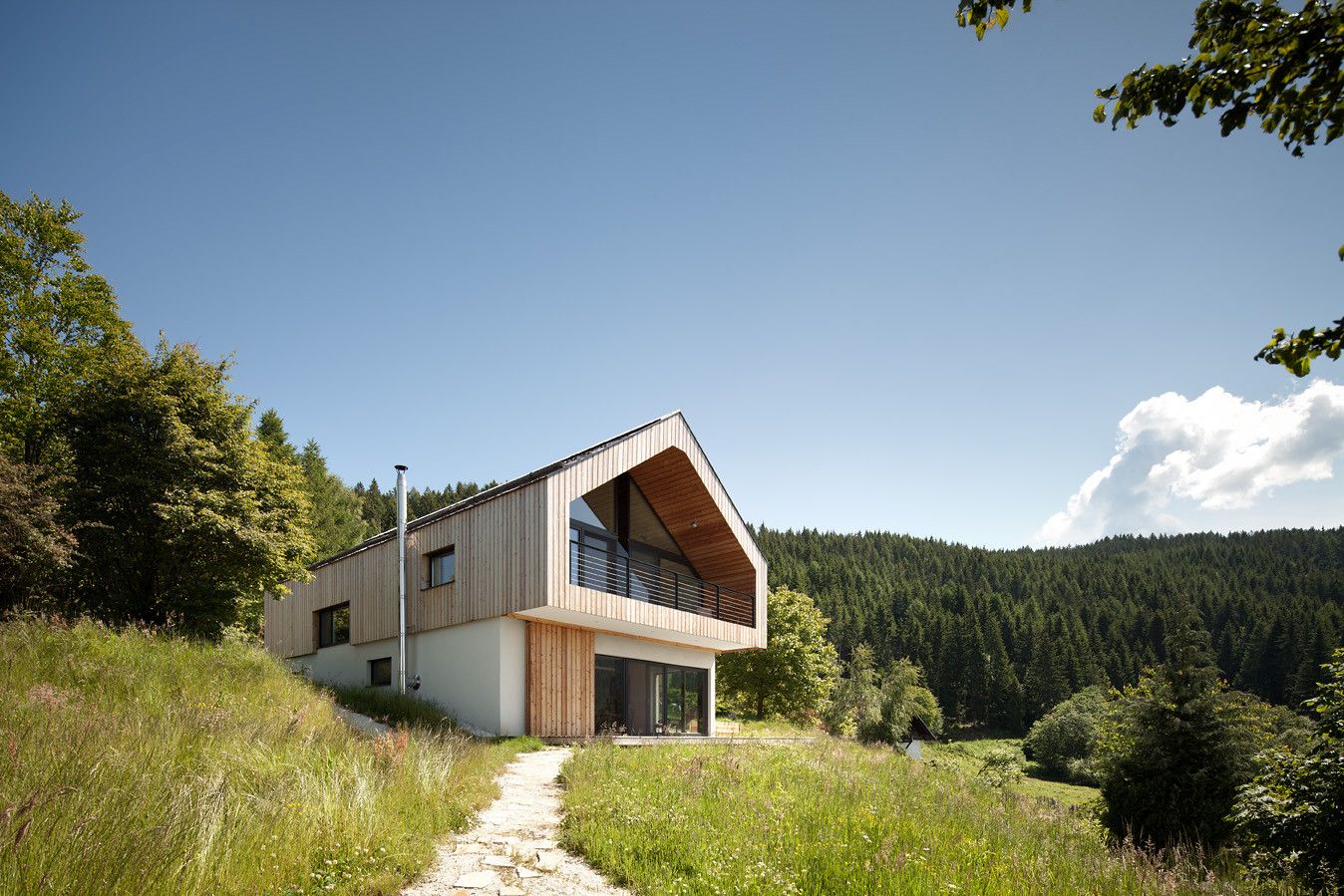

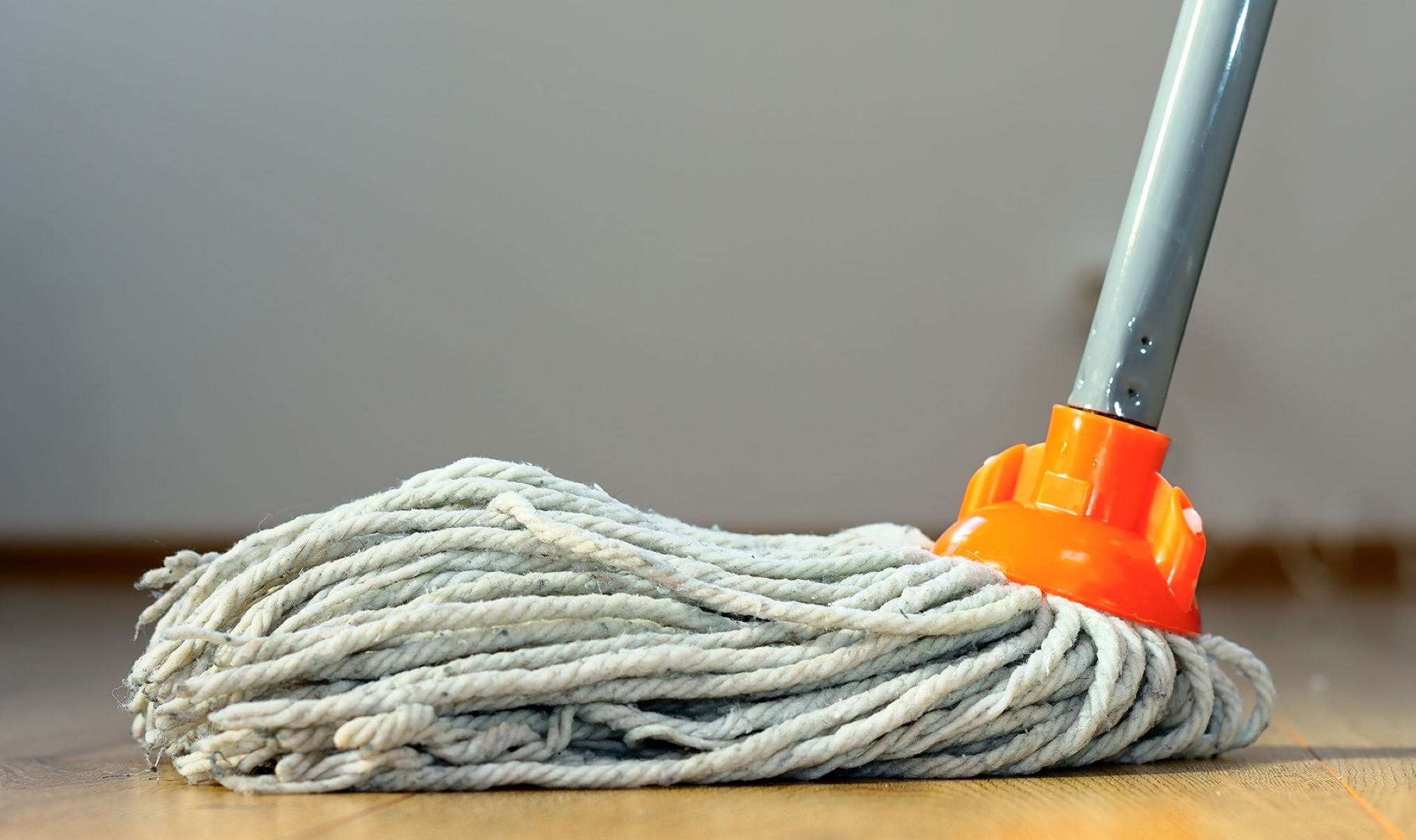

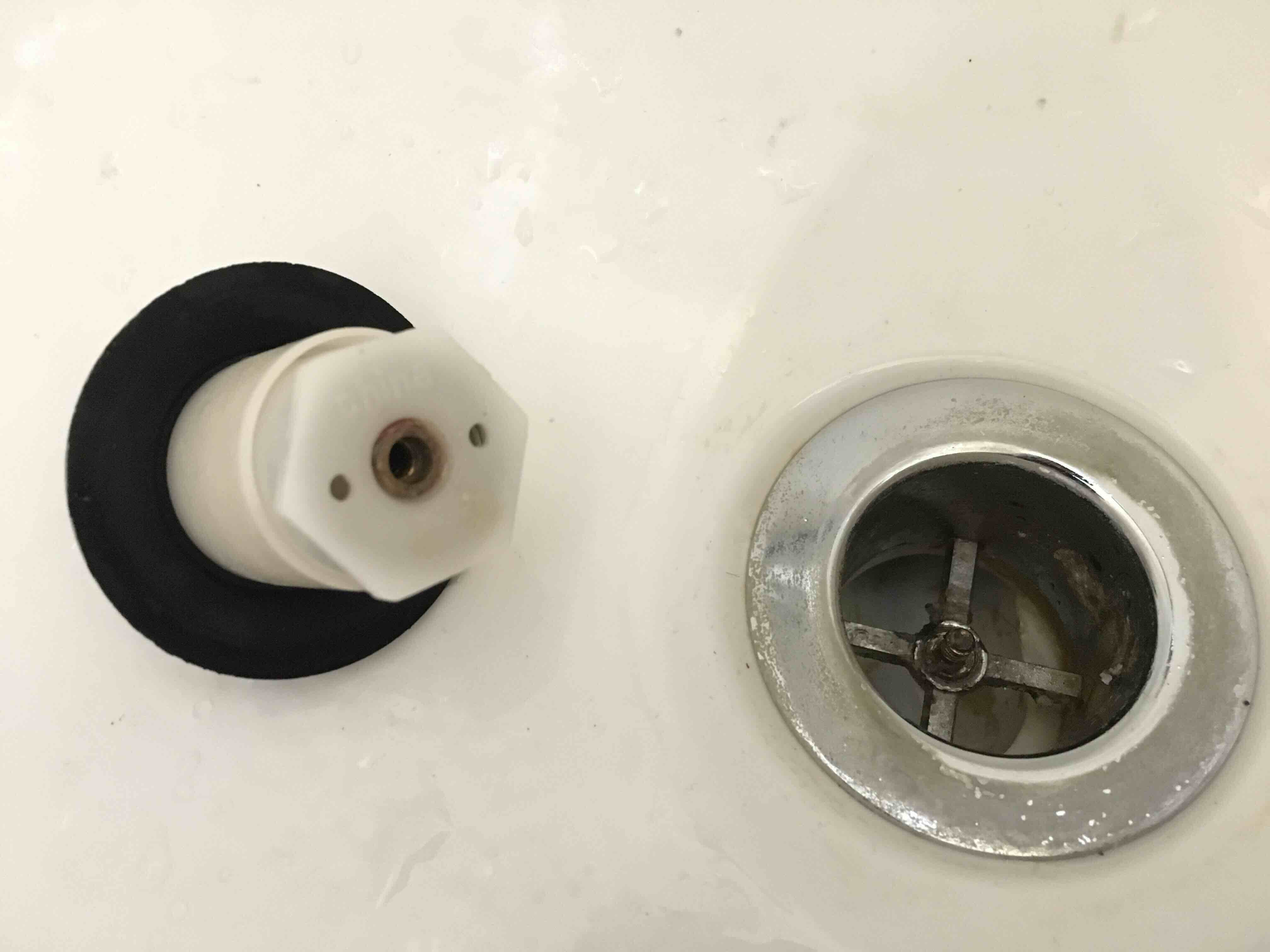
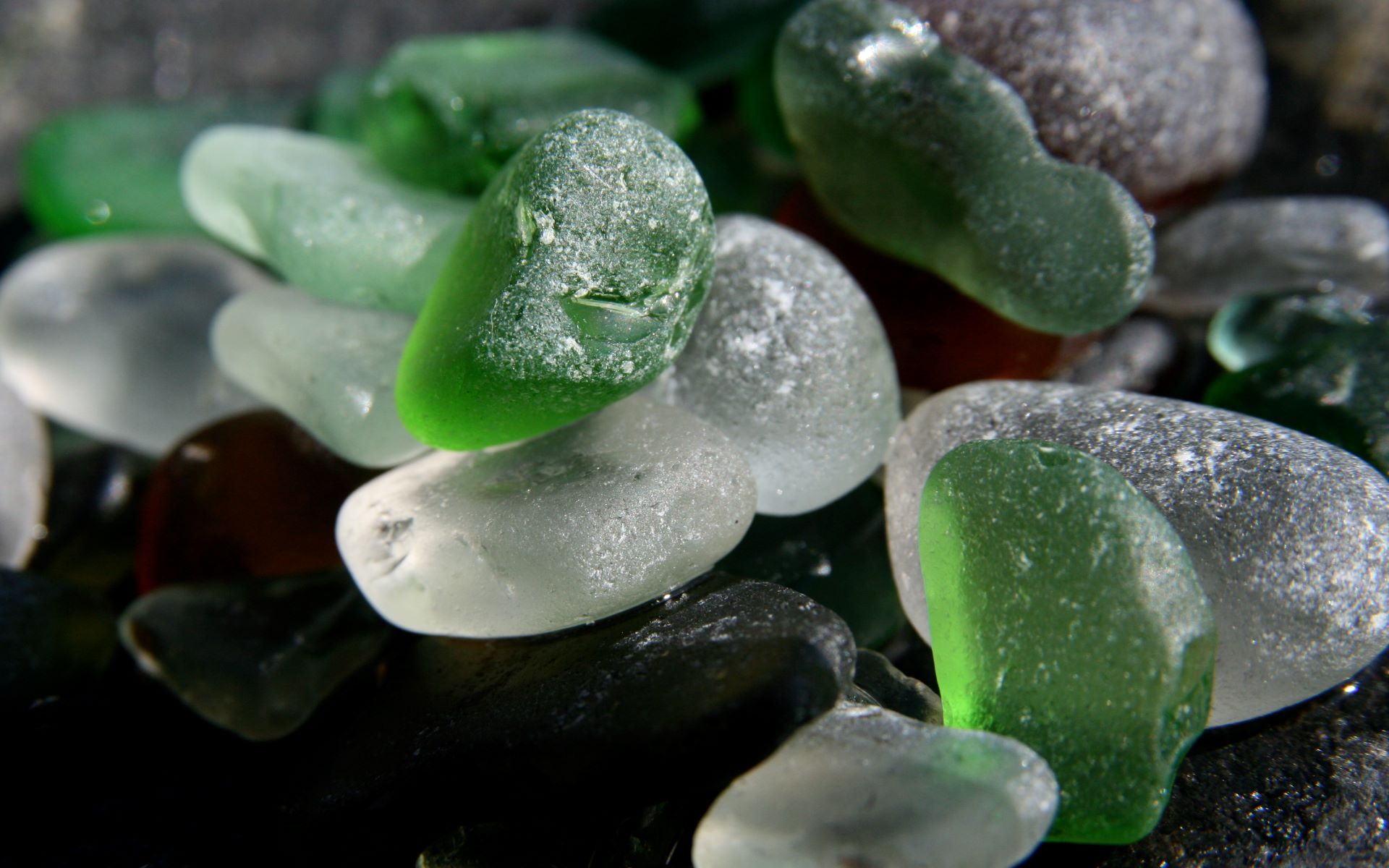
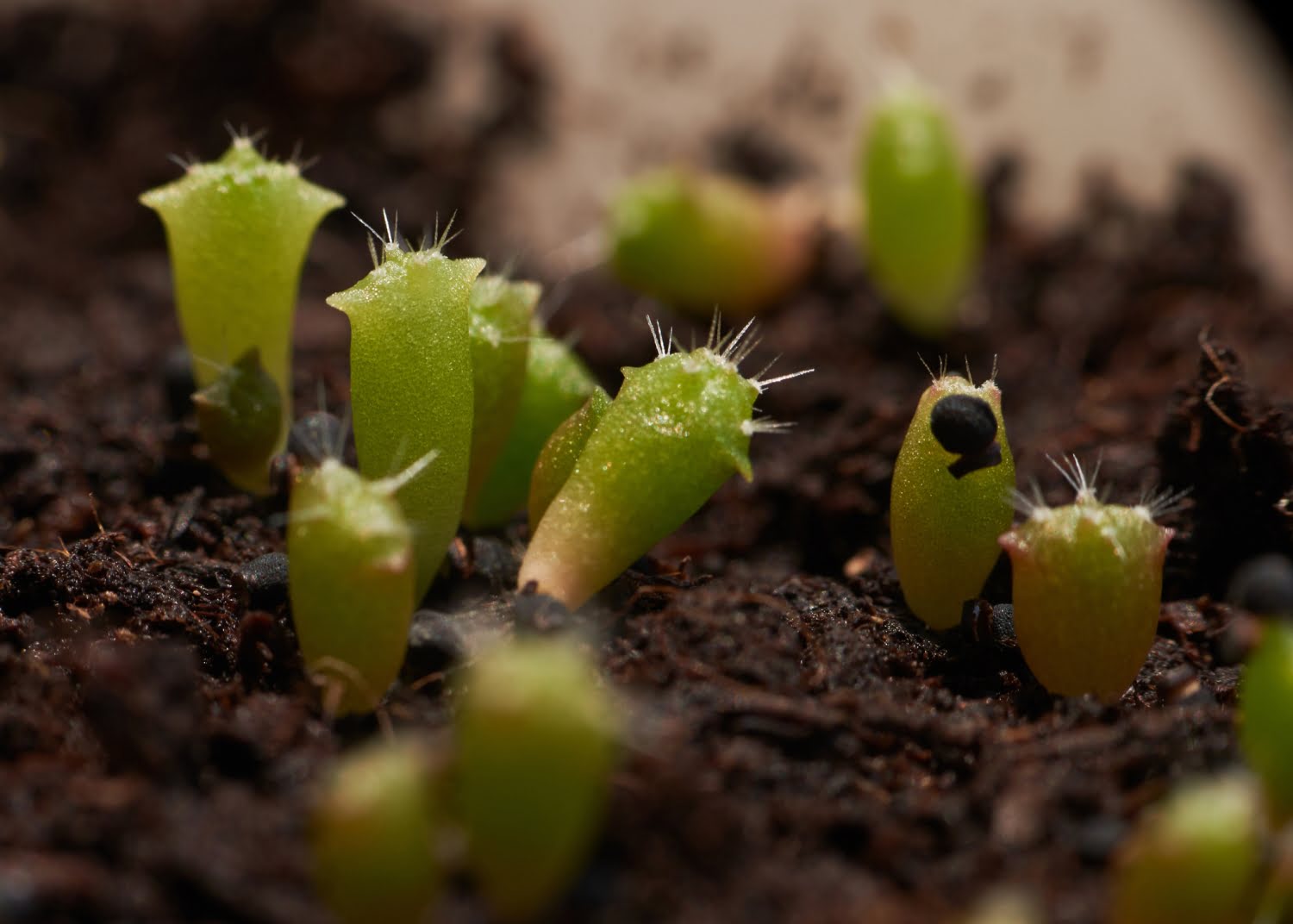
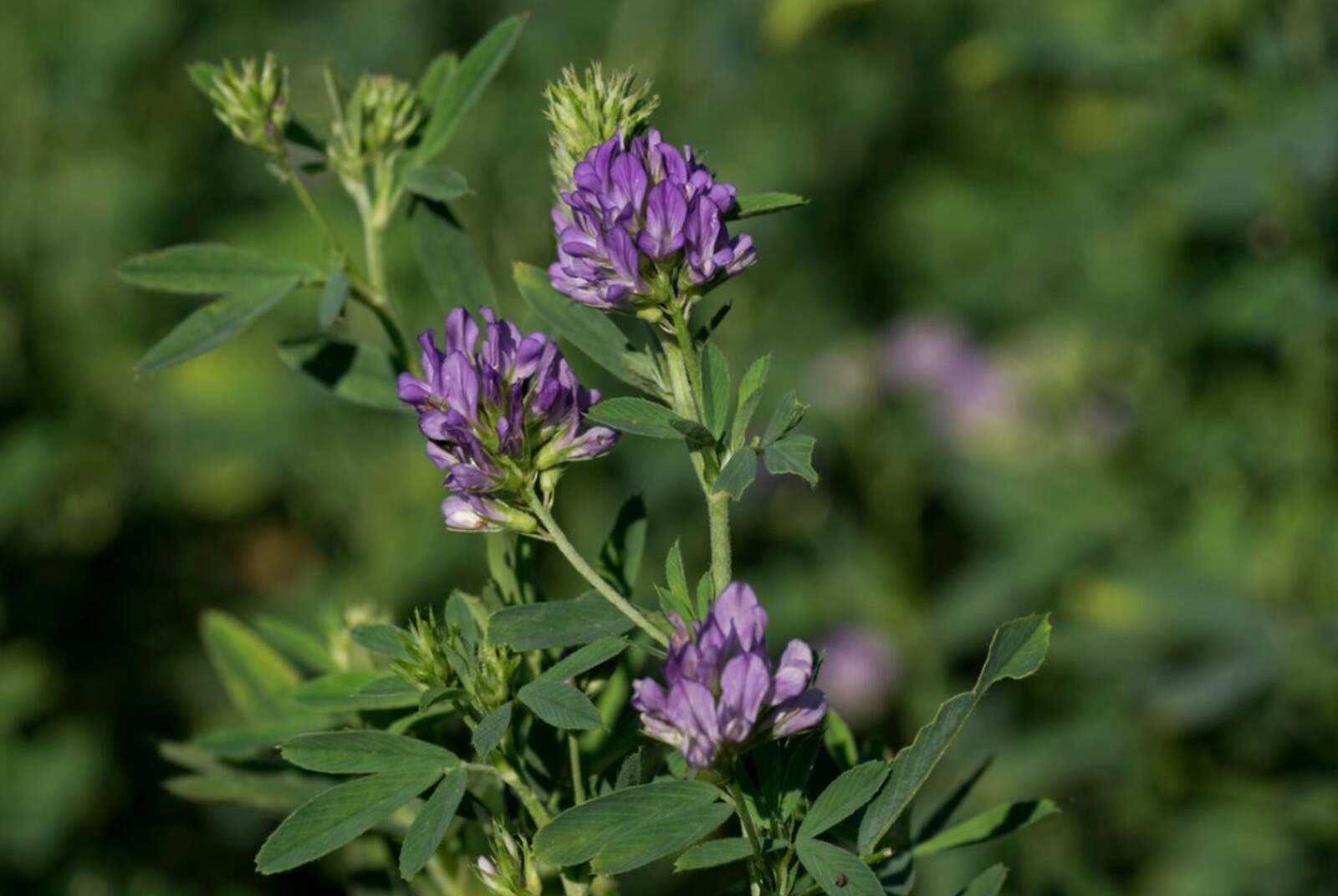
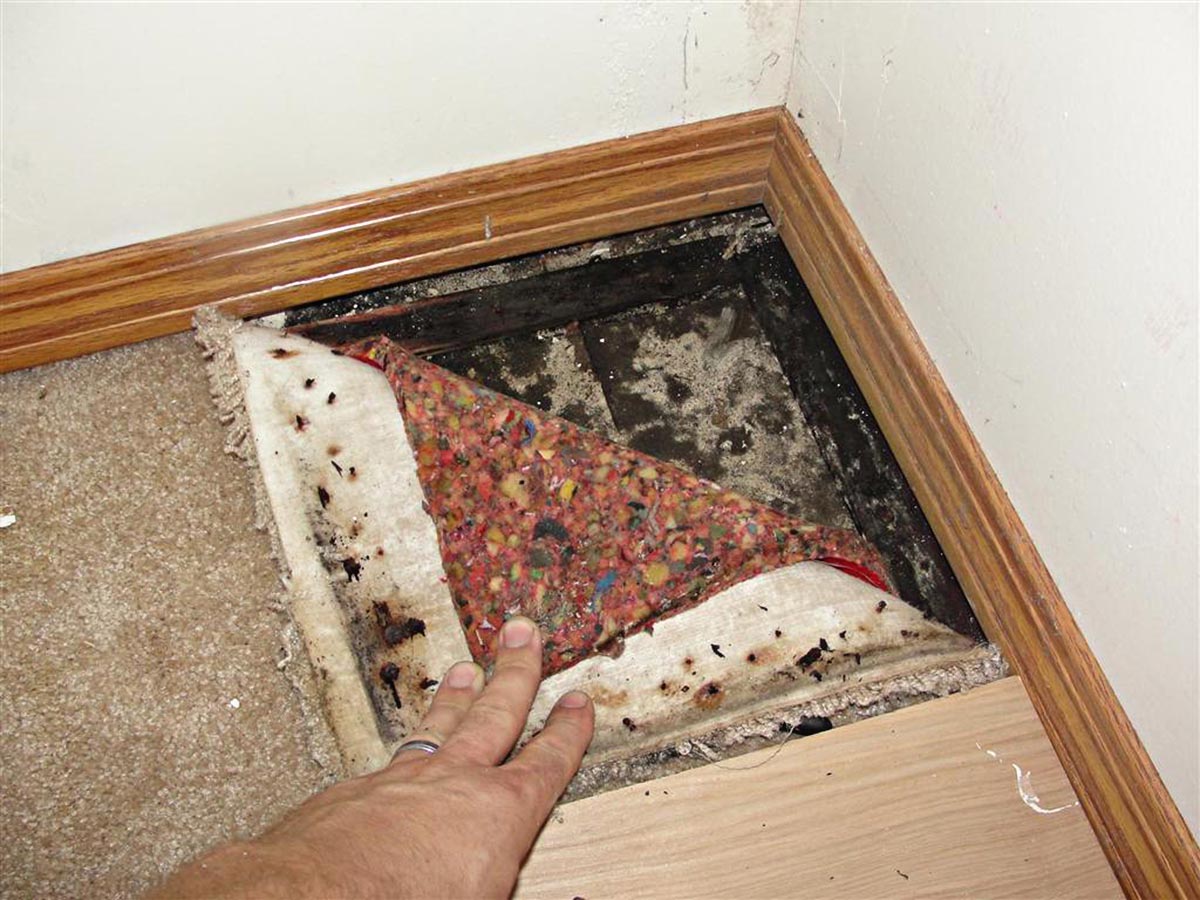
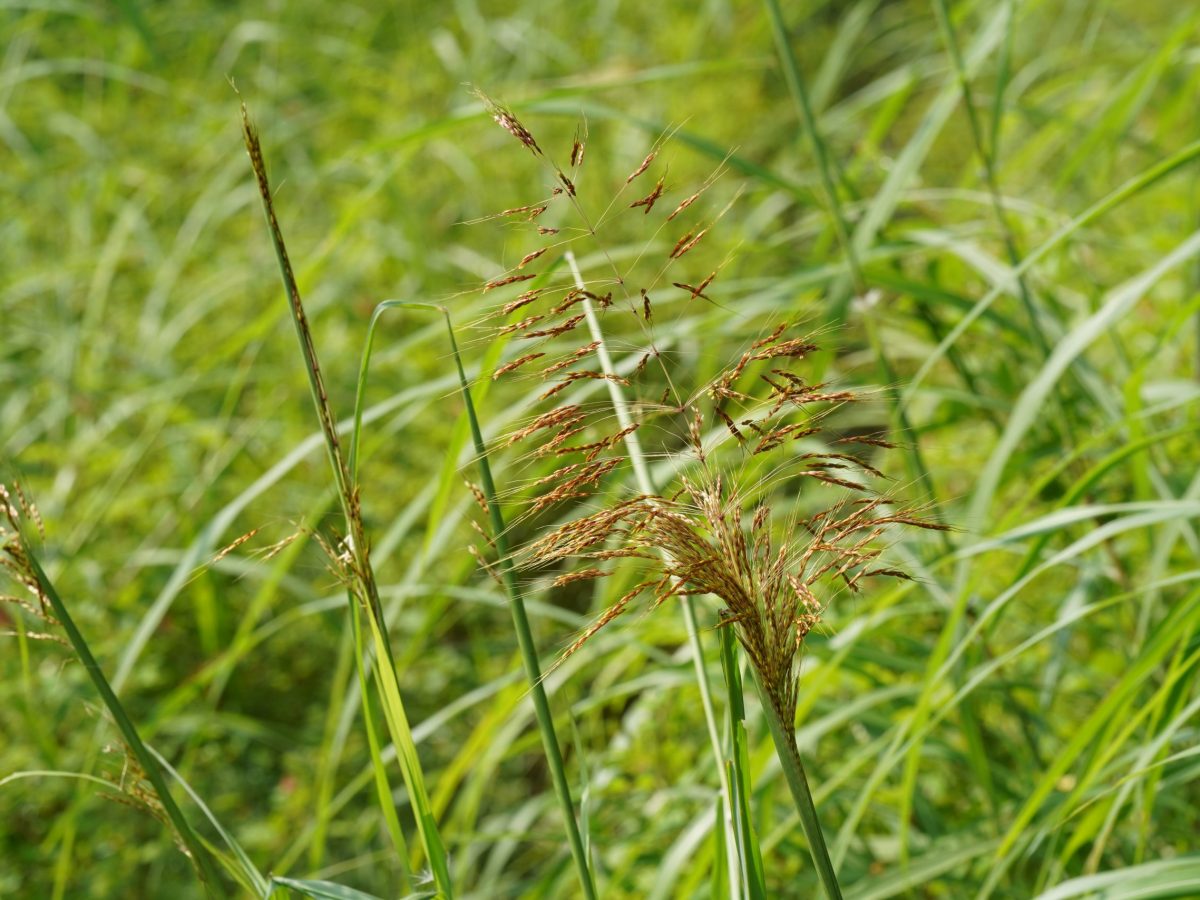
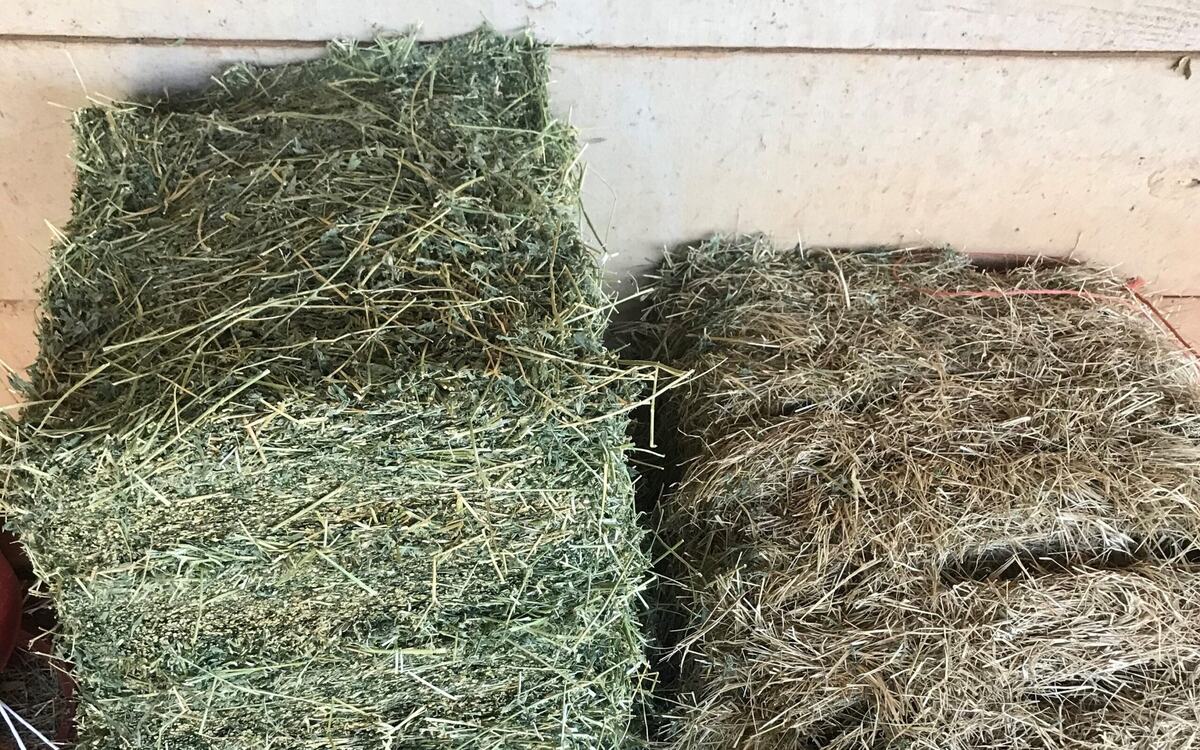
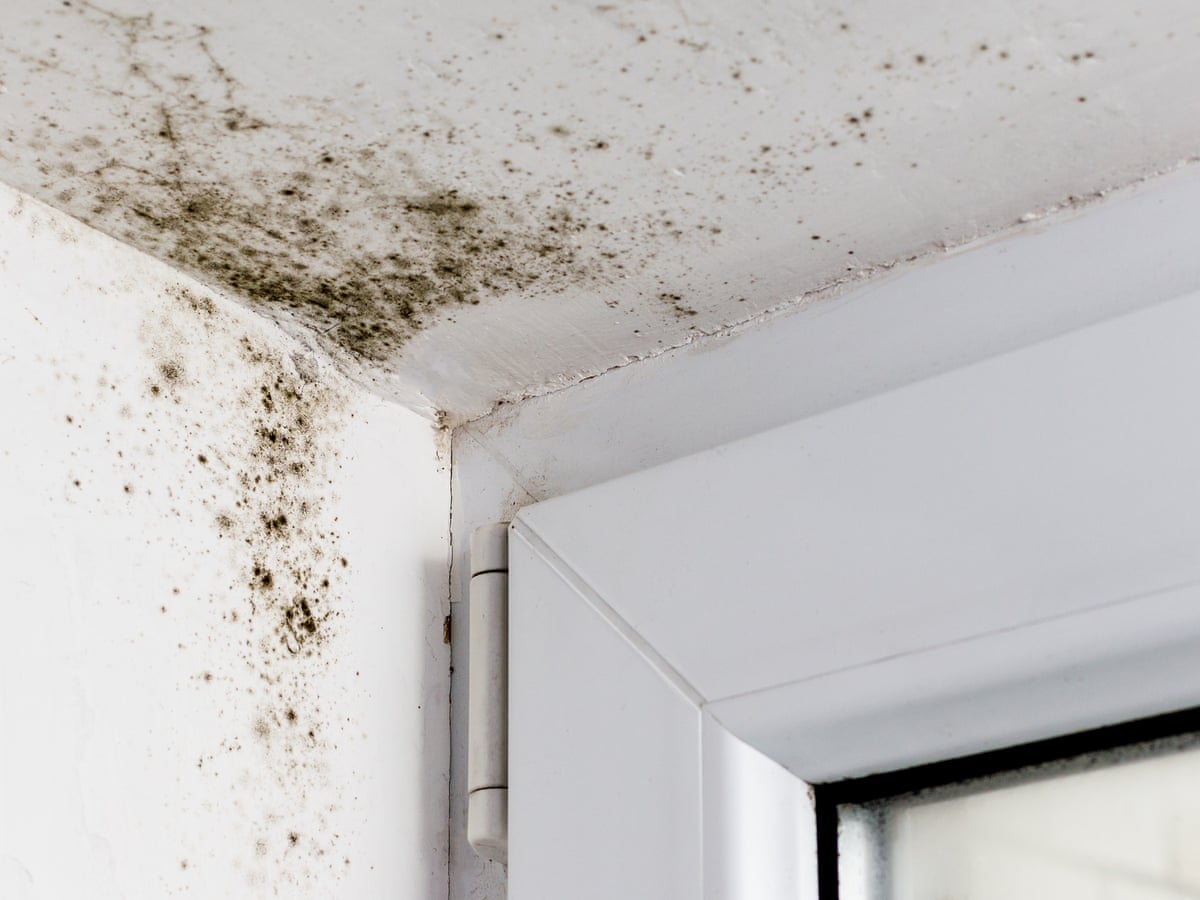


0 thoughts on “What Does Creeping Jenny Look Like As Ground Cover”